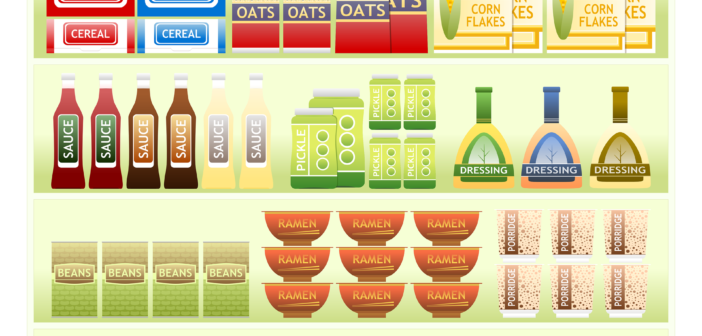While everyone is familiar with vending machines, few people have heard about micromarkets. One of the fastest-growing segments of the retail sector, micromarkets are smaller versions of convenience stores, except for a few differences. One of the most notable differences is they require no in-person cashier, but instead operate with a self-checkout kiosk. Like traditional vending machines, they can be located in office buildings and other businesses, where employees can select their items during shift breaks or lunch breaks. If you’re wanting to learn more about micromarkets, here are some additional details that will shed light on this growing retail trend.
How Many Products Can They Stock?
In a typical micromarket, consumers can generally choose from a range of 150-400 products. In contrast, a typical vending machine can hold only 40-50 products. As for the selection, micromarkets have far more than candy bars, chips, crackers, and soft drinks. In most micromarkets, people can choose the above-mentioned items, along with freshly-prepared sandwiches, healthy snacks such as fresh fruit, juices, energy drinks, and many other items.
Micromarket Components
As stated earlier, a micromarket is very similar to a convenience store. In a typical micromarket, you will find an open-rack display with assorted snack items, refrigerated coolers and freezers that are made to offer reach-in convenience, and the self-checkout kiosk. Once a customer has made their selection, they can pay at the kiosk by means of cash or credit/debit cards, or may even be able to do so through a mobile app if the micromarket is linked to the app through the business where it is located.
What is a Typical Micromarket Site?
While many micromarkets are found in office buildings and other businesses, the typical micromarket location is one where there are fewer than 500 employees on-site. According to market research, locations with more than 500 employees typically already have on-site dining services, meaning the micromarkets would not be used enough to make them profitable. Along with this, most sites require at least 150 employees to be on-site to make a micromarket profitable. As they have grown in popularity, many are starting to appear at various sites on college campuses, and have proven to be very profitable investments.
Prices of Micromarket Items
While they have proven to be very popular in various locations, it is worth noting that products found in a micromarket are usually priced higher than those in traditional vending machines. In most situations, prices are 15-20 percent higher, but this is due to a number of factors. These include offsetting losses due to theft, product spoilage, and the operating costs of equipment, software, and supplies. In addition to this, these locations have the capacity to have pricing flexibility, allowing them to charge sales tax on the items sold.
Micromarket Customization
As an additional benefit of micromarkets, they can be customized for the location where they will be installed. For example, if they are to be located in a health club or hospital, they may contain more selections of fresh fruit, juices, and other healthy snacks, while on a college campus they may focus more on energy drinks, chips, and other snacks that are more popular with college-age consumers. Along with being a major selling point, this option is also important if there are space limitations where the micromarket will be located, since this will allow the operator to achieve maximum profitability.
An Enhanced Customer Experience
If there is one thing most of us have experienced over the years, it’s putting money in a traditional vending machine, making our selection, and then watching our product get stuck in the machine. Unfortunately, no matter how much banging is done on the machine, there’s little chance you’ll get your snack or drink. However, with a micromarket, this doesn’t happen. Since items are located in open-rack displays and in reach-in coolers and freezers, customers can always make sure they get exactly what they want. And as an added bonus, customers can also get discounts or use coupons at the self-checkout kiosk, saving them even more money.




